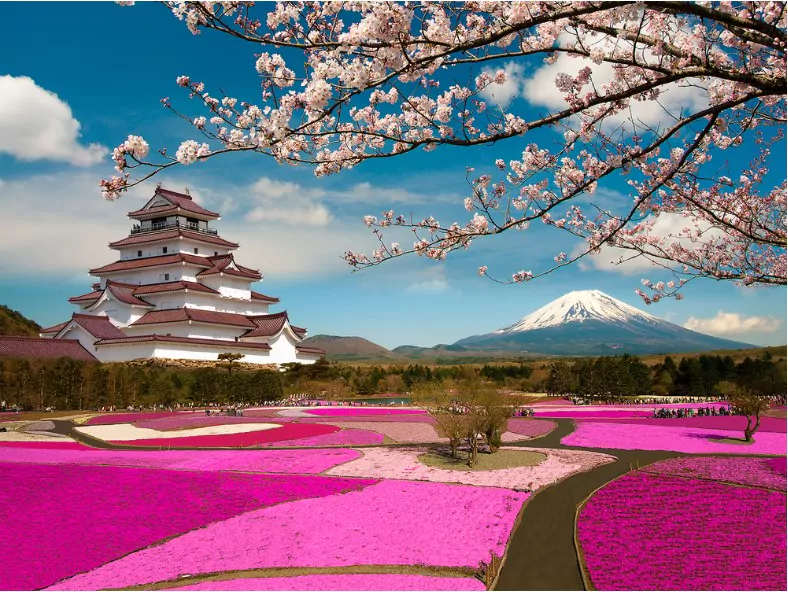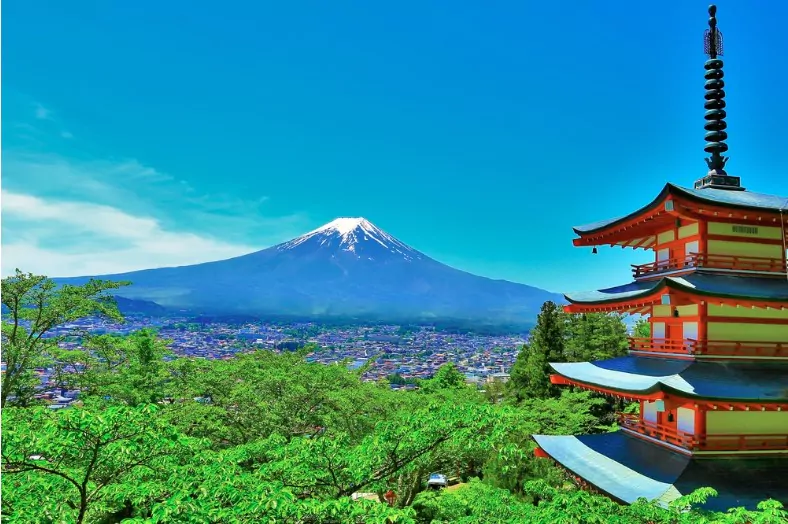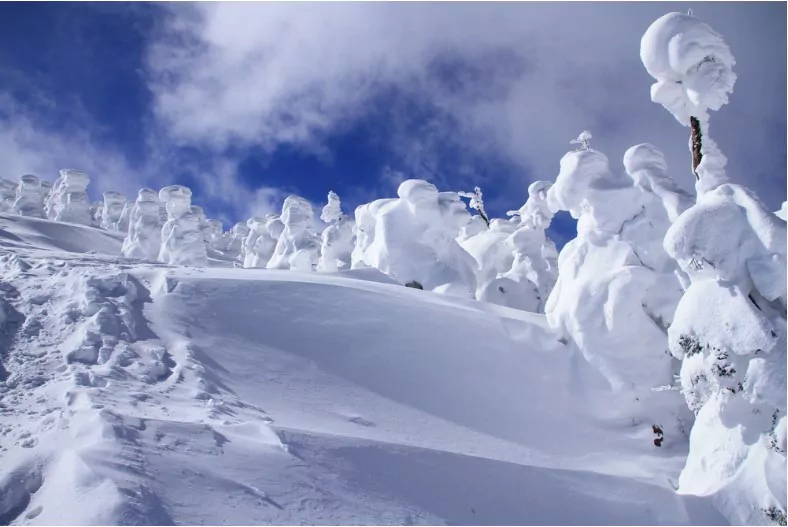Blossoms to Snow: Best Time To Visit Japan

Japan, a land of staggering natural beauty and deep cultural heritage, offers a unique experience to every visitor. Knowing the best time to visit Japan can enhance your travel experience, allowing you to fully immerse yourself in everything this fascinating country has to offer. This guide will help you determine the ideal time to visit Japan, considering factors like weather, festivals, and tourist crowds.
1 Understanding Japan's Seasons
Japan has four distinct seasons – spring, summer, autumn, and winter – each bringing its own set of attractions and weather patterns. Your ideal time to visit Japan will largely depend on what you want to see and do.
Spring (Late March to May)

Spring in Japan is synonymous with the iconic cherry blossom season. Viewing the cherry blossoms, locally known as “sakura,” is a magical experience, particularly during peak cherry blossom season, usually in early April. The pleasant weather and the blossoming of cherry trees in Japan’s gardens and parks create a breathtaking backdrop for both sightseeing and cultural immersion.
Key Events:
- Cherry Blossom Season: Late March to mid-April is generally the best time to see cherry blossoms in full bloom, especially in popular cities like Tokyo and Kyoto.
- Golden Week: Spanning from the end of April to early May, this period consists of four national holidays. While it’s a festive time, be aware that it’s also one of the peak seasons for domestic travel in Japan.
Summer (June to August)

Summer in Japan, particularly from mid-July to mid-August, can be hot and humid. However, it’s a vibrant time for experiencing Japanese culture and festivals.
Key Events:
- Rainy Season: Starting in mid-June, the rainy season can bring persistent rain, but also lush greenery, making it a unique time to visit.
- Obon Festival: Around mid-August, this traditional Buddhist event honours the spirits of ancestors. Expect traditional dances, festive foods, and a solemn yet joyful atmosphere.
- Summer Festivals: From the Sapporo Snow Festival to the Awa Odori Festival, summer is packed with exciting events showcasing Japan’s rich heritage.
Autumn (September to November)

Autumn is another pleasant time to visit Japan, characterized by cooler temperatures and spectacular fall foliage. Late September to November offers mild temperatures and fewer crowds, making it an attractive destination for those wanting to avoid the extreme heat of summer or the busy cherry blossom season.
Key Events:
- Autumn Leaves: The changing colours of autumn leaves, particularly in places like the Japanese Alps and northern regions, create a stunning scenic view. The best time for fall foliage is typically from mid-September to early November.
Winter (December to February)

Winter in Japan is ideal for experiencing the snow-covered landscapes, particularly in the northern parts like Hokkaido. The cooler temperatures in the Japanese Alps are perfect for skiing and snowboarding.
Key Events:
- Sapporo Snow Festival: Held in early February, this festival is renowned for its massive and intricate snow sculptures.
- Hot Springs: Winter is the best time to enjoy Japan’s hot springs (onsen), particularly in snowy regions, providing a uniquely relaxing experience.
2 Choosing the Best Time for Your Visit
Cherry Blossom Season

For many, the cherry blossom season is the only time to visit Japan. The first week of April is usually the peak, but late March and early April can offer equally stunning views. Tokyo, Kyoto, and many of Japan’s gardens are awash with pink and white blossoms, drawing in both tourists and Japanese people alike for flower viewing (hanami).
Avoiding Crowds
If you prefer fewer crowds, avoid national holidays like Golden Week or the Obon Festival in mid-August. The low season, typically in January and February (except during the Sapporo Snow Festival), can be a great time to explore with less congestion.
Considering Weather
Japan’s weather varies greatly from the subtropical islands of Okinawa to the snowy mountains of Hokkaido. The summer months can be hot and humid, while winter brings snow to northern Japan and mild weather to the southern regions. If you’re seeking mild temperatures, aim for spring or autumn.
Cultural Events

For cultural enthusiasts, visiting Japan during major festivals like Golden Week, Obon, the Sapporo Snow Festival, or the Awa Odori Festival in Tokushima provides deep insights into Japanese culture.
Nature and Scenery

The best time for nature lovers depends on what you want to see:
- Cherry Blossoms: Late March to early April.
- Autumn Leaves: Late September to November.
- Snowscapes: December to February in northern Japan.
Activities
- Skiing/Snowboarding: December to March in regions like Hokkaido and the Japanese Alps.
- Beach Vacation: Okinawa and other subtropical islands are best from late May to September.
- Hiking: Late spring and early autumn offer the best conditions.
3 Tips for Your Visit
Book in Advance: During peak seasons like cherry blossom season and Golden Week, book your flights and hotel rooms well in advance.
Check the Calendar: Be mindful of Japan’s national holidays, as they can significantly affect travel plans, with public transportation and tourist spots being particularly busy.
Weather Preparedness: Pack according to the season – light and breathable clothes for summer, and warm layers for winter. Always carry an umbrella during the rainy season (mid-June to mid-July) and be cautious of the typhoon season, especially in late summer and early autumn.
4 Wrapping Up
The best time to visit Japan ultimately depends on your personal interests and what you want to experience. Whether it’s the cherry blossoms in spring, the vibrant festivals in summer, the stunning fall foliage, or the serene snowscapes in winter, Japan is a year-round destination with each season offering its own unique charm. Plan carefully, consider your preferences, and you’re sure to have an unforgettable journey exploring the myriad wonders of Japan.
Community Q&A
About This Article
This article has been viewed 148 times.



